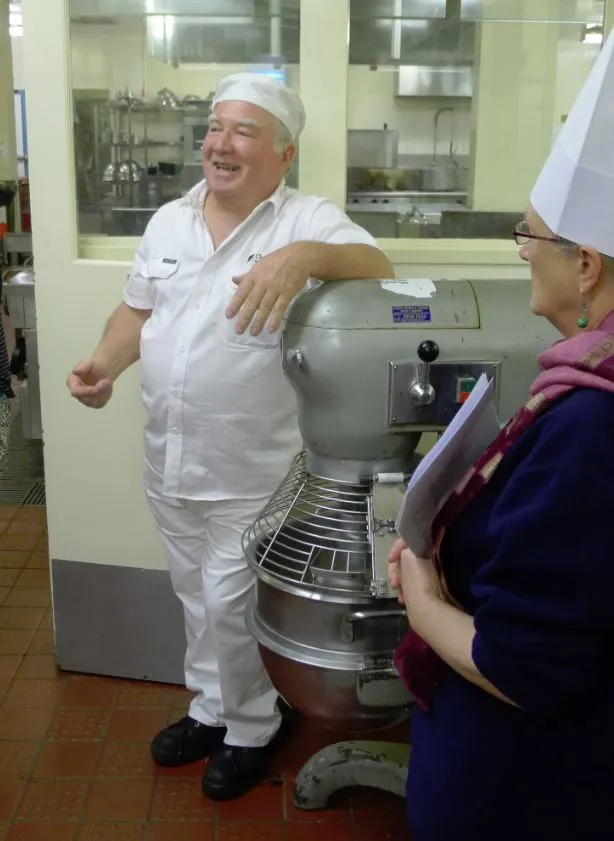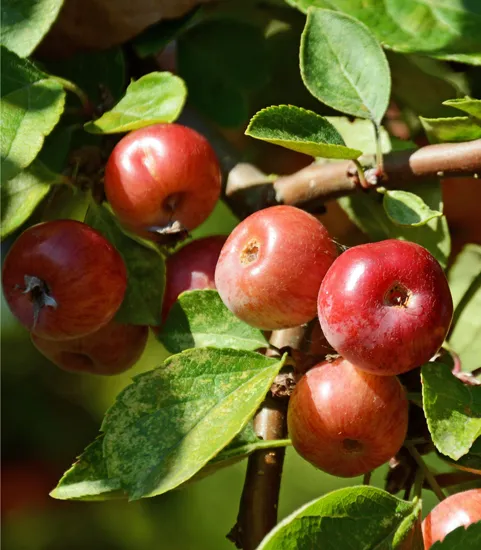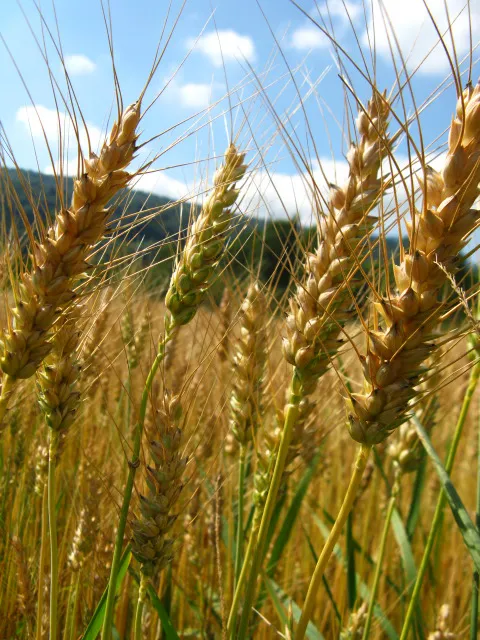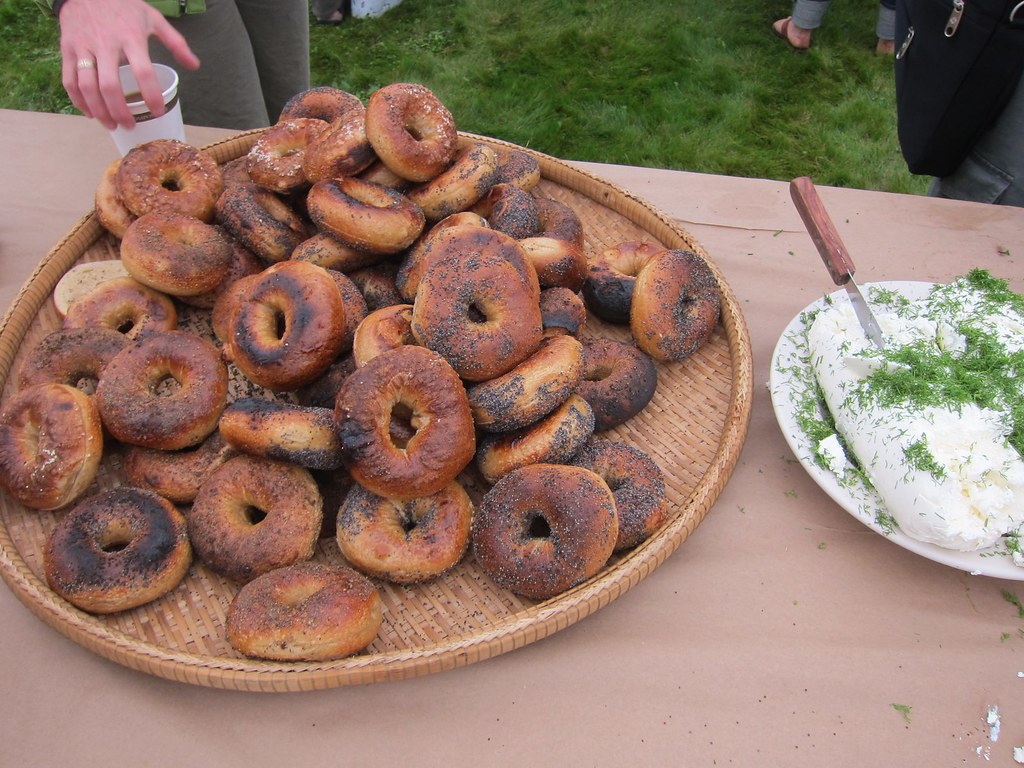Double fed sweet levain bread

My first bake from Ken Forkish's Flower, Water, Salt, Yeast. Ken says to bake it down dark. Okay!

This was baked at 475F n a hot covered DO for 20 minutes then uncovered and baked at 475 convection. After 10 minutes turning at the half, this was the result and though Ken says bake for 20 uncovered, I thought things were dark enough using a convection bake. This loaf really crackled and hissed once removed from the oven.
- Log in or register to post comments
- 6 comments
- View post
- Skibum's Blog







